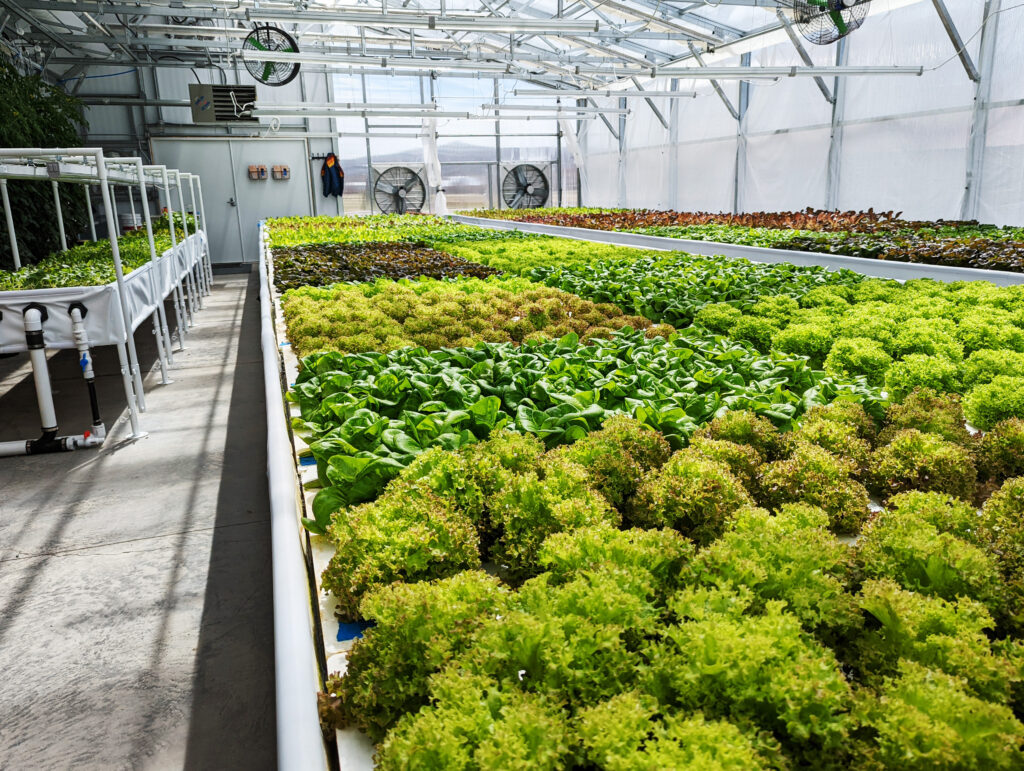Residential Sanctuary: Monarch Residential Greenhouse Utah Sanctuary for Plants
Wiki Article
The Future of Greenhouses: Developments in Sustainable Agriculture
Are you interested about the future of greenhouses and exactly how they are reinventing lasting agriculture? From advanced climate control systems to vertical farming methods, water-efficient irrigation techniques, eco-friendly power combination, and smart data analytics, these innovations are transforming the way we expand our food.Advanced Climate Control Equipment
To accomplish optimum expanding problems, you can depend on the improvements in greenhouses with innovative environment control systems. These systems have revolutionized the way we cultivate crops, giving a controlled atmosphere that is helpful to plant growth. With these ingenious systems, you can now manipulate temperature, moisture, light levels, and also carbon dioxide concentrations to produce the excellent problems for your plants to grow.Among the key attributes of these innovative environment control systems is their capacity to control temperature. By utilizing sensors and automated controls, the greenhouse can adjust the temperature based on the specific demands of the plants. This makes sure that they are never subjected to extreme warmth or cold, which can be detrimental to their growth.
Moisture control is one more vital facet of these systems. By keeping the perfect humidity degrees, you can prevent issues such as mold and mildew, mold, and disease from affecting your plants. These systems can additionally control the quantity of light that gets to the plants, making sure that they obtain the optimal amount for photosynthesis.
Furthermore, advanced environment control systems can also control carbon dioxide concentrations. By enhancing the levels of CO2 in the greenhouse, you can enhance plant development and performance. This is particularly advantageous in locations with reduced all-natural CO2 levels.
Upright Farming Techniques
One crucial upright farming strategy is making use of piled expanding systems. Piled growing systems are frequently utilized in urban areas where room is restricted.One prominent technique is referred to as upright hydroponics, where plants are expanded in nutrient-rich water without soil. This method is very reliable as it decreases water usage by as much as 90% compared to traditional farming methods. Additionally, since the plants are grown indoors, they are secured from diseases and bugs, decreasing the requirement for pesticides.
One more technique is aeroponics, which includes putting on hold the plant roots in a mist or air setting. This approach enables optimal nutrient absorption and oxygenation, leading to faster growth and greater returns. Aeroponics additionally utilizes less water than typical farming and can be carried out in vertical systems, making it a popular selection for vertical farming.
Water-efficient Irrigation Methods
When it comes to implementing water-efficient watering approaches more tips here in lasting agriculture,Optimizing water conservation is necessary. With global water deficiency coming to be a pressing problem, it is essential to create innovative techniques that maximize water use in greenhouse operations.One promising method is drip irrigation, which provides water straight to the plant origins, lessening waste and dissipation. By making use of a network of tubes with tiny emitters, water is applied gradually and specifically, making sure that plants get the necessary wetness without excess overflow.
One more reliable technique is using soil wetness sensors. These gadgets determine the moisture content in the dirt and supply real-time data to farmers. By keeping an eye on the soil's dampness levels, farmers can properly identify when and just how much water to use, avoiding over-irrigation.
Moreover, the application of rain harvesting systems is acquiring appeal in greenhouse agriculture. Accumulating rain from rooftops and saving it in tanks enables farmers to use this all-natural resource for watering objectives, decreasing dependence on typical water resources.
Last but not least, the fostering of automated watering systems can dramatically improve water performance. These systems use sensors to detect soil wetness levels and weather, adjusting irrigation schedules accordingly. By maximizing water usage based upon real plant demands, these systems can minimize water waste and advertise sustainable farming techniques.
Renewable Power Assimilation
Sustainable energy assimilation in greenhouses provides several benefits, consisting of minimized running costs and reduced dependence on non-renewable power resources. The generated power can after that be used to run numerous procedures within the greenhouse, such as home heating, illumination, and ventilation systems. These turbines harness wind power and convert it right into electrical energy, which can be used to supplement the energy needs of the greenhouse.Smart Information Analytics and Automation
To boost the effectiveness of your greenhouse procedures and enhance source usage, think about implementing clever data analytics and automation. Smart data analytics includes accumulating and examining data from various sensors and gadgets within your greenhouse.
This can include automating the control of lighting, ventilation, watering systems, and nutrient delivery. By automating these procedures, you can make sure that your plants obtain the best problems and nutrients at the appropriate time, without the requirement for continuous hands-on intervention.
Furthermore, clever information analytics and automation can function with each other synergistically. The information gathered by sensors can be used to inform automated systems, permitting them to make real-time modifications based upon the existing conditions. This integration of data analytics and automation can bring about extra accurate and reliable resource allotment, ultimately resulting in greater returns and much better plant quality.
Conclusion
Finally, the future of greenhouses in lasting agriculture looks promising. With sophisticated environment control systems, upright farming strategies, water-efficient irrigation approaches, and renewable resource combination, greenhouses are coming to be extra eco friendly and efficient. Furthermore, fake grass for dogs the usage of smart data analytics and automation further boosts efficiency and minimizes waste. These innovations are leading the way for an extra reliable and sustainable farming sector, making certain a greener and healthier future for all.
By optimizing water usage based on actual plant requirements, these systems can lower water waste and advertise lasting farming methods.
:max_bytes(150000):strip_icc()/SPR-HOME-6-best-greenhouses-4157678-01-08afeecb96714335891b91534228fd26.jpg)
Report this wiki page